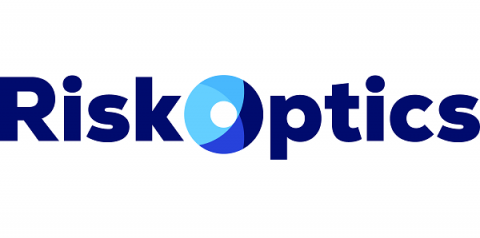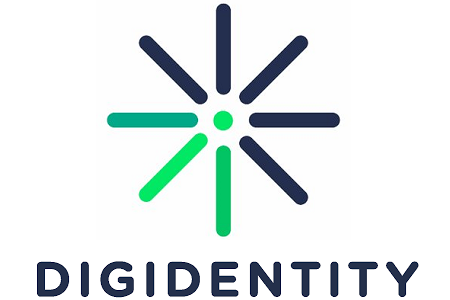What is a Vendor Risk Management Program?
As your company grows, outsourcing certain tasks will likely become necessary. Whether procuring materials from outside manufacturers or contracting freelancers to help your marketing efforts, third- and even fourth-party vendors have become critical relationships in any developing business. Opening your organization to third parties has many benefits. It also exposes your company to new risks you may not have considered.






